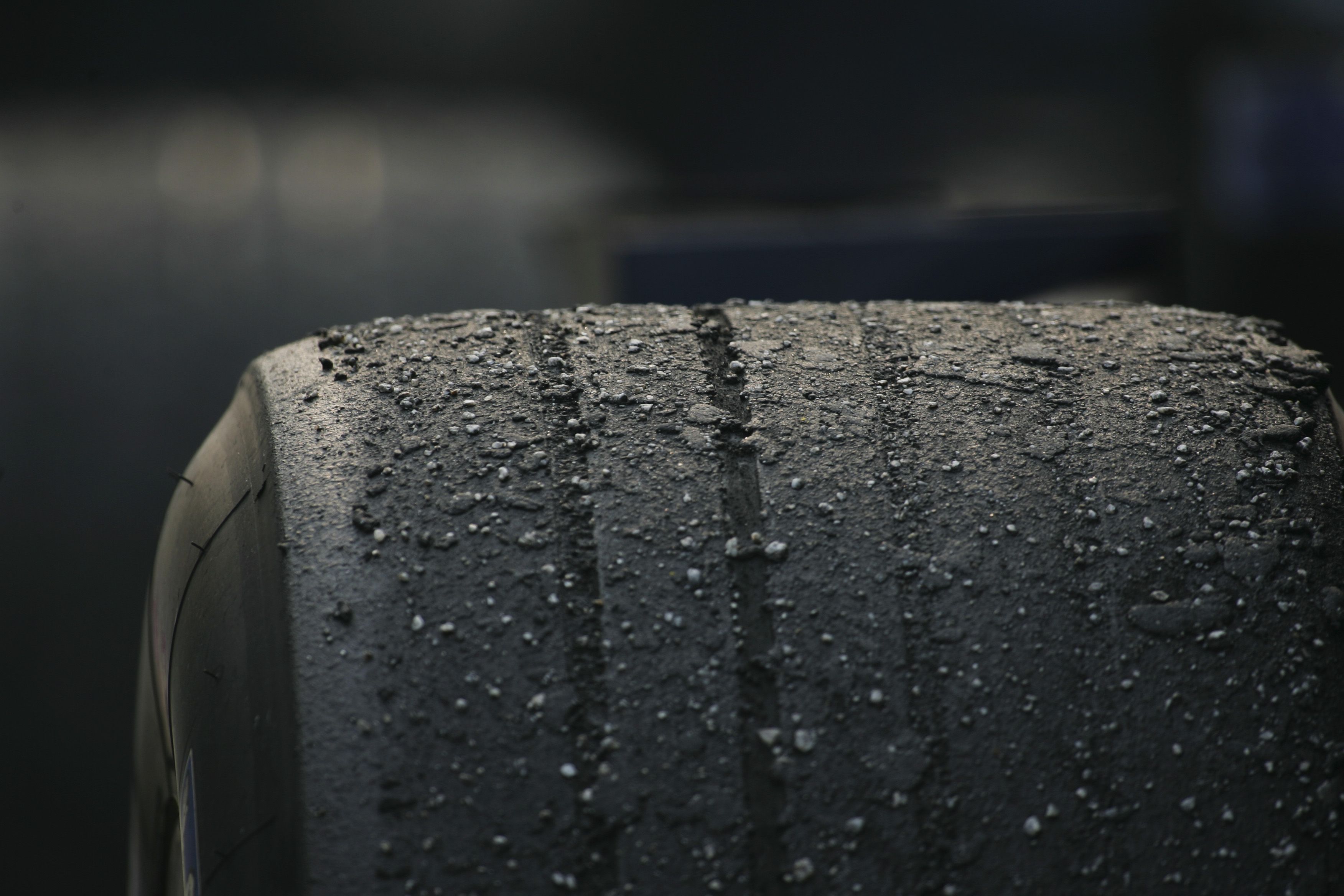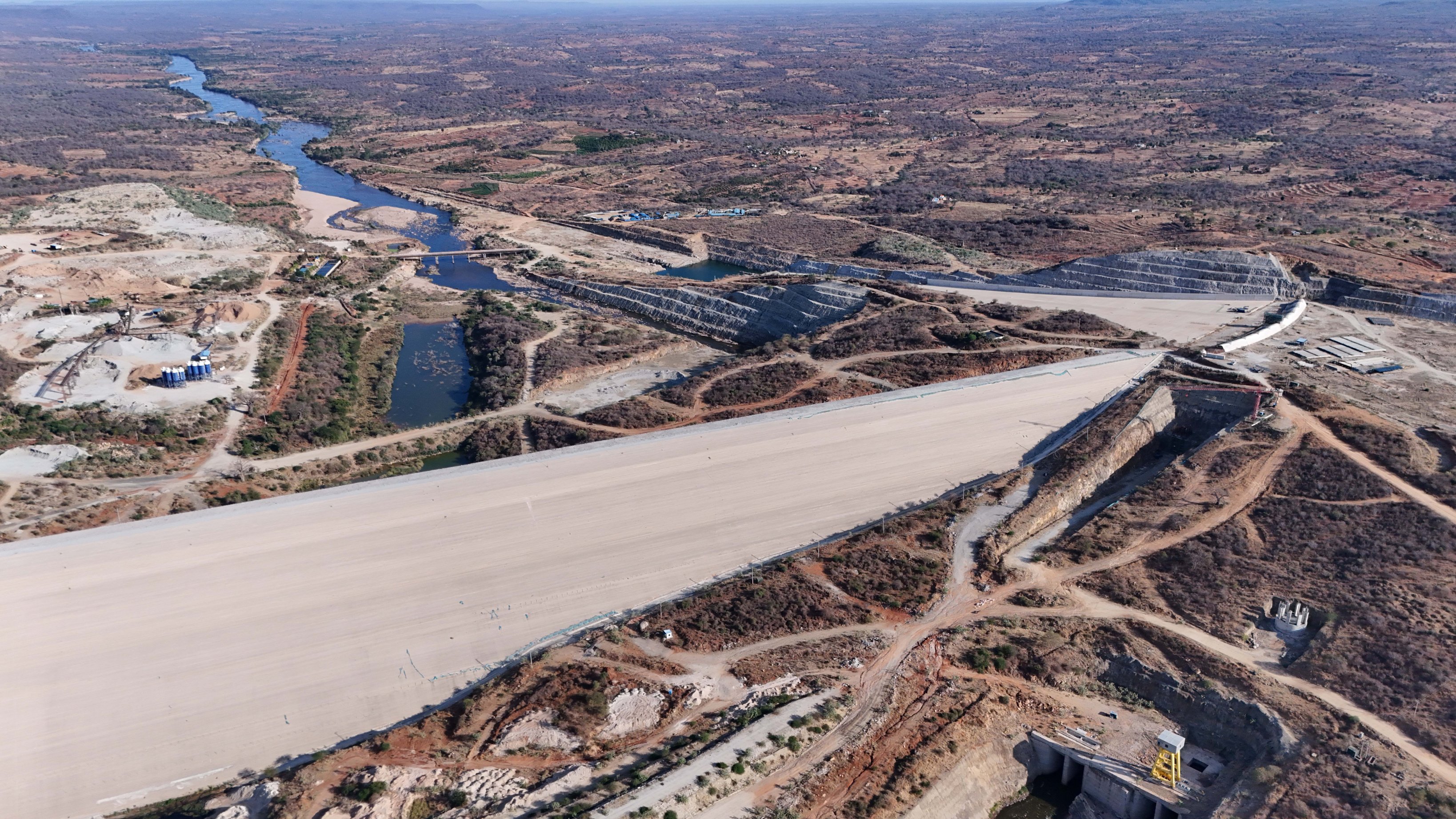- Tyre-wear microplastics are a serious but often overlooked source of pollution. By combining better technology, smarter driving, and stronger policies, we can help reduce the damage they cause and protect both nature and human health.
Most people don’t realize that every time we drive, our car tyres slowly wear down—and in the process, they release tiny particles into the environment.
These particles, known as tyre-wear microplastics, are now recognized as one of the most common sources of microplastic pollution in the world.
According to the United Nations Environment Programme (UNEP), these particles are released as tyres come into contact with road surfaces, especially during braking and turning.
Over time, they build up in the air, soil, rivers, and oceans. These microplastics don’t just stay where they land—they can be carried by wind and rain, ending up far from where they were created.
A major concern is the harmful chemicals found in these tyre particles. One such chemical is 6PPD, a common additive used to make tyres last longer.
Read More
When exposed to air, 6PPD turns into another chemical—6PPD-quinone—which has been shown to be highly toxic to fish, especially salmon. In some areas, this chemical has been linked to the sudden death of fish populations.
In addition to harming wildlife, these particles may also affect human health. When they become airborne, people can breathe them in, potentially contributing to respiratory and cardiovascular problems. And once they enter waterways, they can affect the quality of the water we drink and the food we eat.
So, what can be done about it?
UNEP suggests a few solutions. One is to design tyres that are less toxic and don’t wear down as quickly. Another is to improve road systems with better drainage and filtration, which can catch microplastics before they enter rivers or oceans.
People can also help by keeping tyres properly inflated, driving smoothly, and using public transport or bikes when possible.
Most importantly, UNEP stresses that governments need to step in with strong policies. Regulations should require tyre companies to meet environmental standards and reduce pollution.
Some countries are already working on this. For example, the UN's vehicle regulations group (UNECE) is developing methods to measure tyre wear and may soon set international limits.
Tyre-wear microplastics are a serious but often overlooked source of pollution. By combining better technology, smarter driving, and stronger policies, we can help reduce the damage they cause and protect both nature and human health.


 model that prior (2)-1757825010.jpg)




